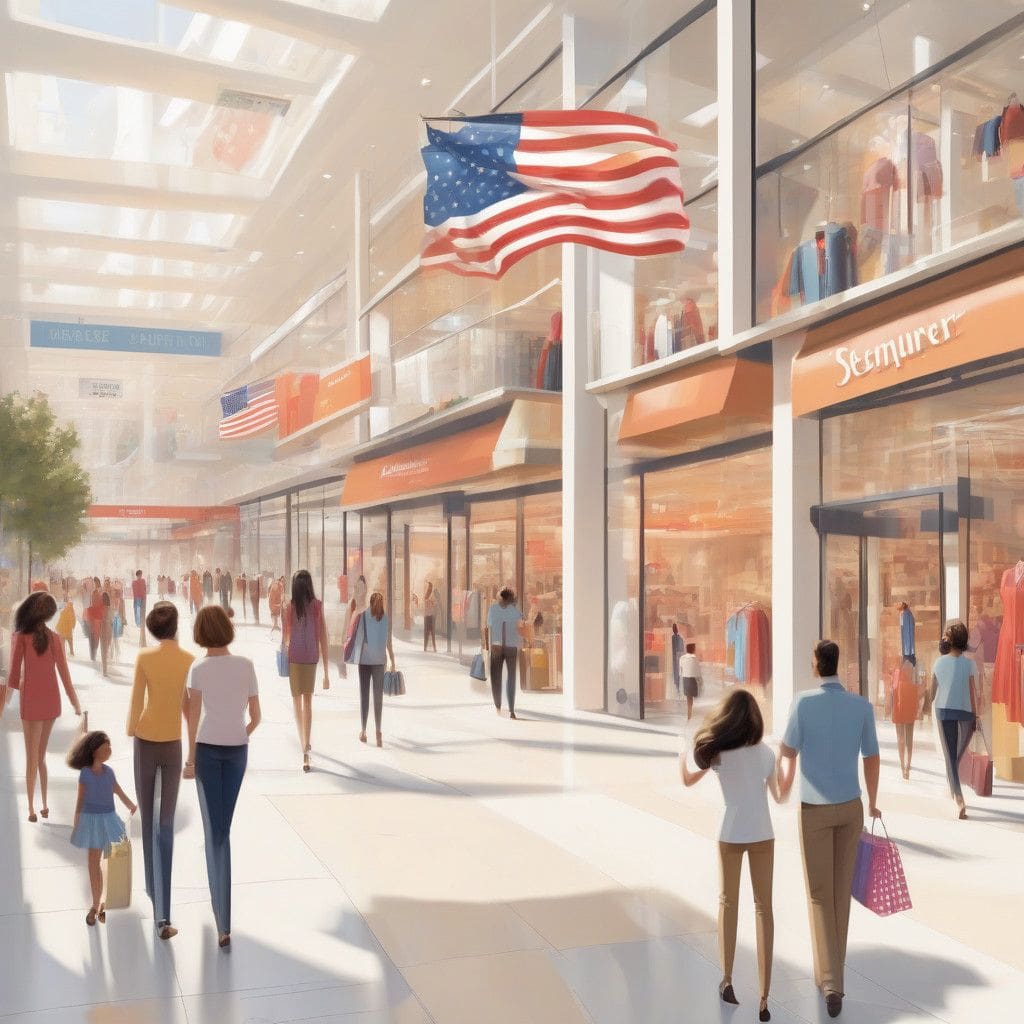The latest data from the Commerce Department’s Census Bureau reveals a noteworthy increase in US retail sales, rising by 0.4 percent in September. This outcome not only surpassed economists’ expectations but also signals a robust growth trajectory for the US economy in the third quarter, which could pave the way for the Federal Reserve to implement a modest interest rate cut next month.
In examining the figures, it becomes clear that the retail sales increase follows an unrevised 0.1 percent gain in August. This rise aligns well with predictions from economists surveyed by Reuters, who anticipated a 0.3 percent increase. However, estimates varied, with some projecting no change at all and others suggesting a potential increase of as much as 0.8 percent.
The resilience of consumer spending plays a crucial role in shaping economic policy. Analysts predict that the current momentum in retail sales won’t deter the Federal Reserve from cutting interest rates, solidifying estimates for a smaller 25-basis-point reduction in borrowing costs. Last month, the central bank began its easing cycle with an unexpectedly significant half-percentage-point cut, bringing the policy rate down to the 4.75 percent to 5.00 percent range amid growing concerns surrounding the labor market. Prior to this, the Fed had raised rates by 525 basis points throughout 2022 and 2023, attempting to combat inflation.
A key driver behind the steady retail sales is robust income growth, a strong savings rate, and healthy household balance sheets. Despite some signs of a slowing labor market, layoffs have remained historically low, allowing wage gains to persist. Jonathan Millar, a senior US economist at Barclays, noted, “Consumer spending, net hiring, and payroll income have been locked in a resilient and self-reinforcing virtuous cycle throughout this expansion, fueled by gains in household wealth and labor supply.”
For this cycle to experience a significant downturn, substantial challenges must emerge—such as increased consumer caution leading to higher savings rates or reduced hiring by businesses despite strong demand. These factors would necessitate a major shift away from the current trends of spending and hiring.
Focusing on core retail sales—which exclude automobiles, gasoline, building materials, and food services—shows even stronger signs of growth. These sales rose by 0.7 percent in September, following an unrevised 0.3 percent increase in August. This aspect of retail sales is closely tied to the consumer spending component of Gross Domestic Product (GDP).
The growth estimates for the third quarter are impressive, with predictions hovering around a 3.2 percent annualized rate, maintaining a comparative pace with the 3.0 percent growth seen in the second quarter. This steady advancement is attributed to various factors, including the ongoing recovery from the pandemic and enhanced consumer confidence.
Moreover, online retail continues to show strong growth, indicated by an unexpected 0.1 percent rise in August sales primarily driven by increased online purchases. This trend reflects the shifting consumer preferences towards e-commerce—a factor that retailers cannot afford to overlook.
In summary, the increase in US retail sales in September paints a promising picture of economic strength. As Americans continue to spend and engage with the economy, the Federal Reserve faces the challenge of navigating this growth while addressing inflationary pressures. The upcoming month will be crucial as policymakers weigh the implications of these trends on interest rates and broader economic health.











